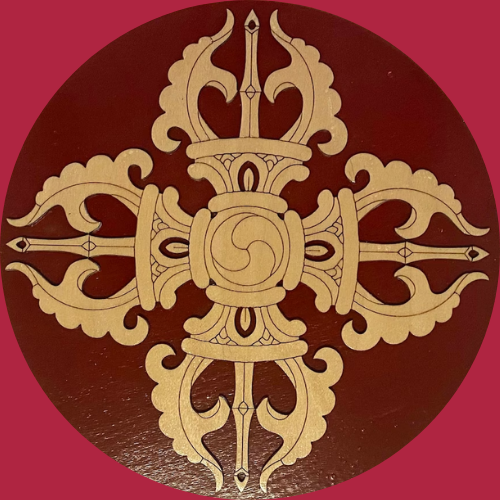Shivneri
A 17th CE. military fortification at Junnar, Pune. Shivneri was the birthplace of Chhatrapati Shivaji Maharaj. Shivneri was a region under Buddhist dominion from around 1st century AD. The caves, rock-cut architecture and water system indicate presence of human life from 1st CE. It oversees a trading path. The area was controlled under Bahmani Sultanate after a weakening Sultanate in Delhi from 15th CE. Shivneri then went under Ahmadnagar Sultanate in 16th CE.
In 1595, Maloji Bhonsle, the grandfather of Chhatrapati Shivaji, was enabled under Bahadur Nizam Shah II, to control Shivneri and Chakan. Chhatrapati Shivaji was born on 19 February 1630, his childhood was spent on this fort. In Shivneri, Shivai Devi, after whom Chhatrapati Shivaji was named, was worshipped.
In 1673, an English named Fraze found an invincible fort. In his accounts, he scribed details of a big inventory which can really feed thousand families for seven years. The fort was under Mughals, later the Marathas and Shahu took control in 1716. They regained the fort in 1762, it became a part of Ragunatha Rao, which came under Britishers after the Third Anglo-Maratha War.
Shivneri is a hilly fort having a triangular shape. It has entrance from south-west side of the hill. An entrance to the fort from side called the chain gate, where, one has to hold chains to climb the fort gate. The fort extends 1600m with seven spiral and well-defended gates. There are mud walls all around the fort.
The major buildings inside the fort are the prayer hall, a tomb and a mosque. An overhanging where executions happened, still exists along with the Mana Daravaja is one of the many gates of Shivneri.
